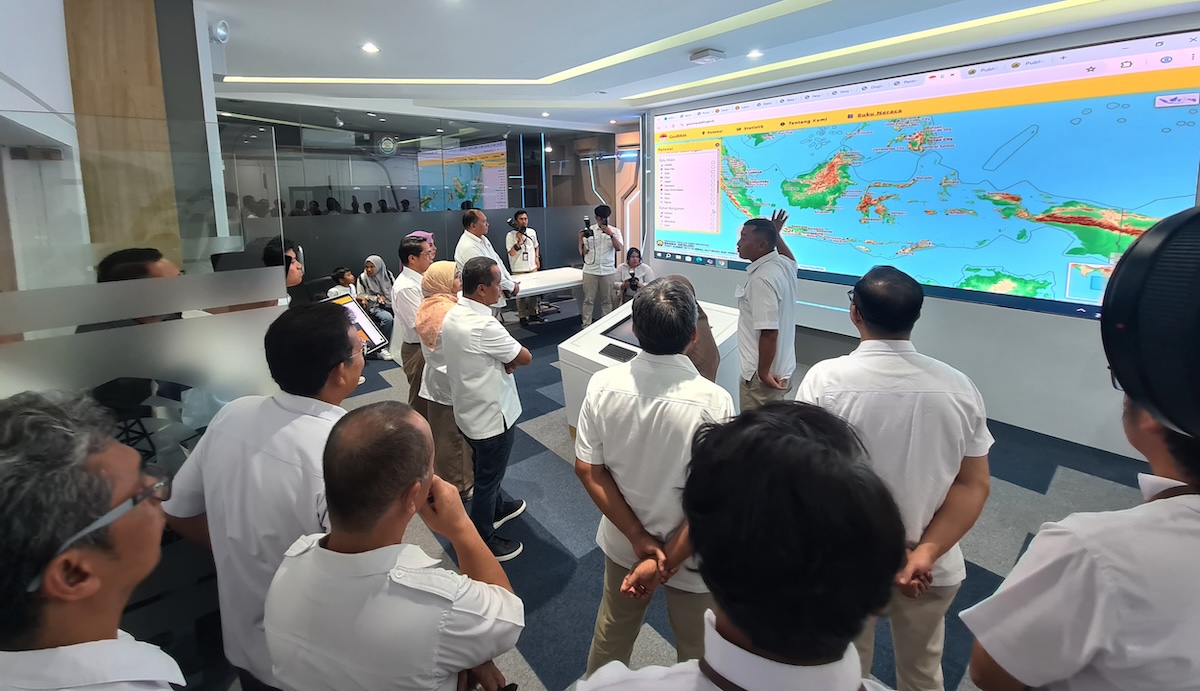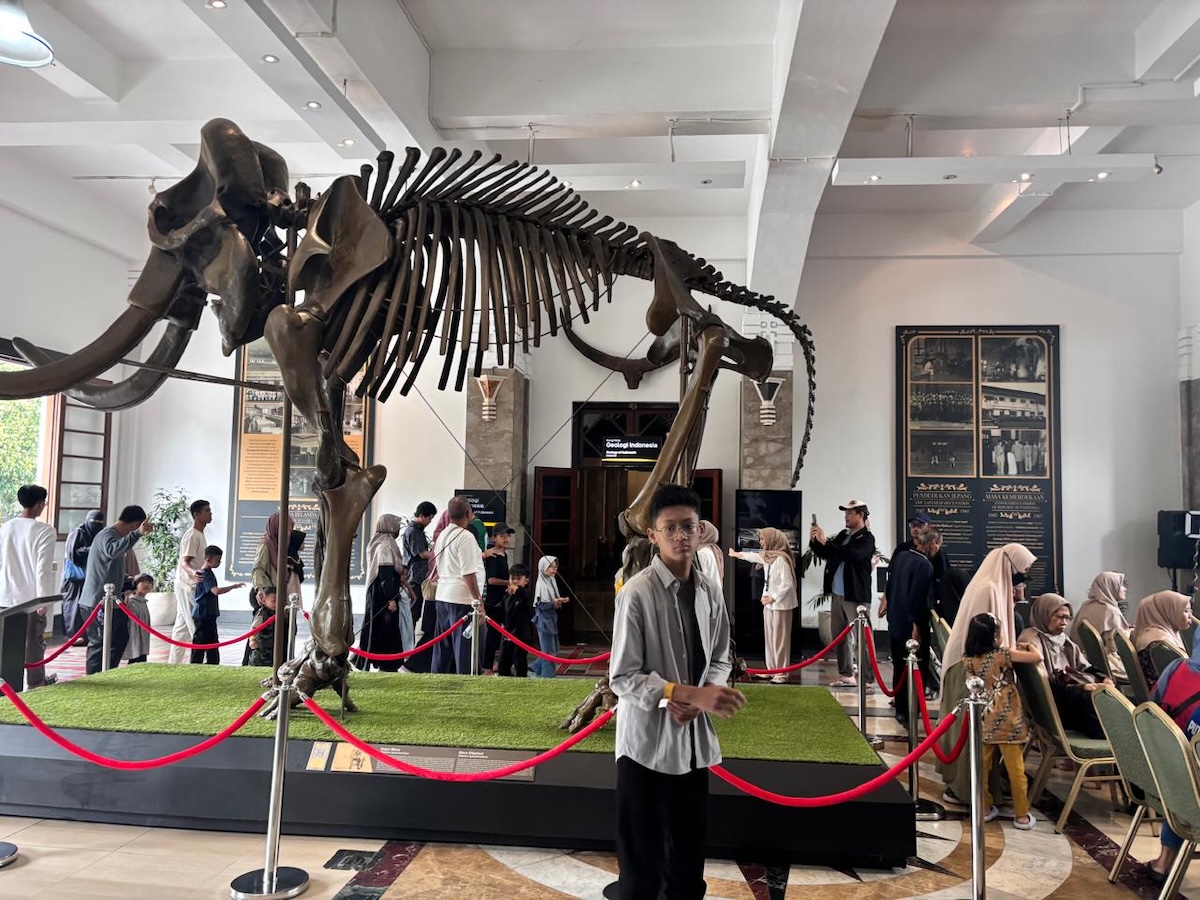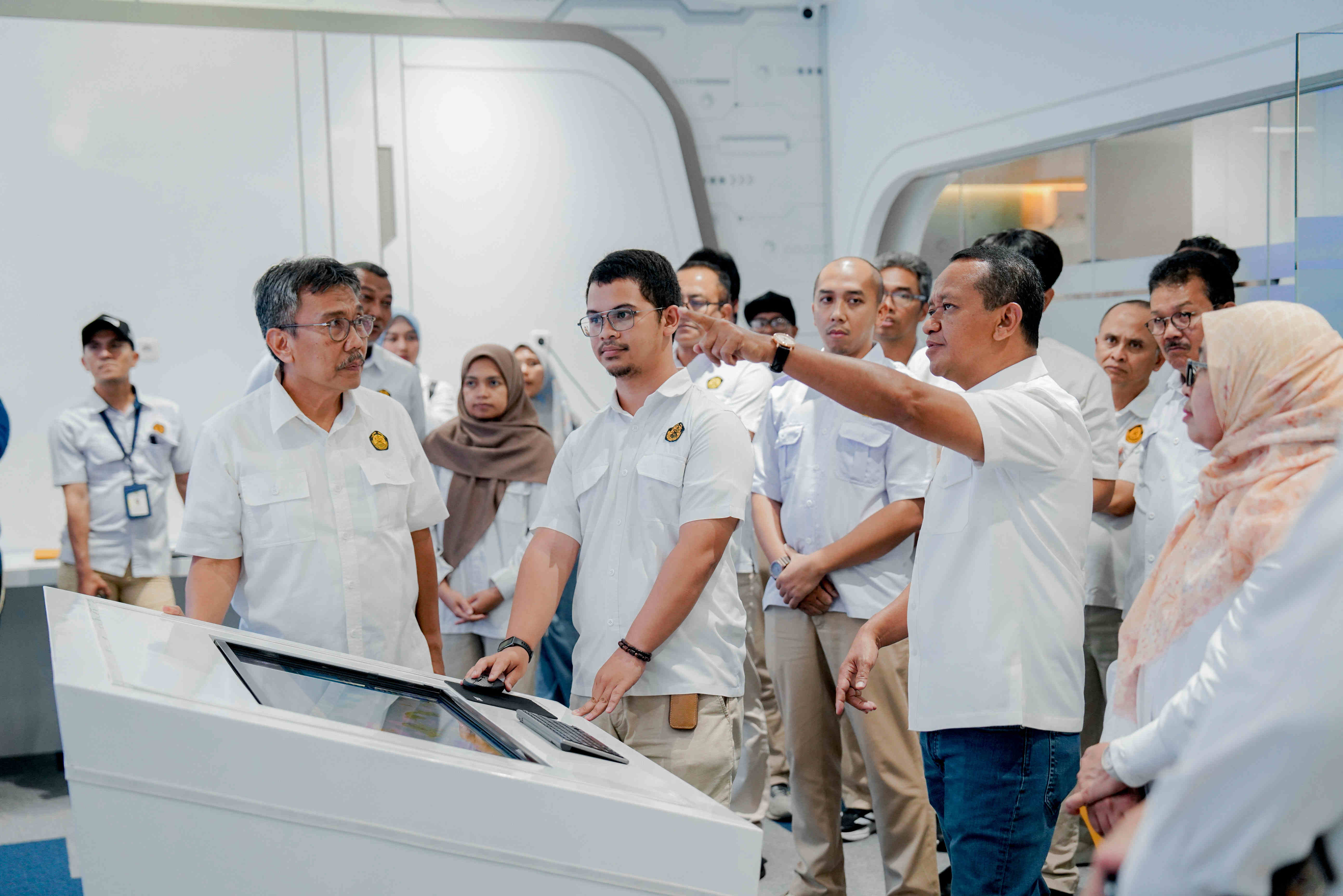Three Approaches to Electricity Access for People
MINISTRY OF ENERGY AND MINERAL RESOURCES
REPUBLIC OF INDONESIA
PRESS RELEASE
NUMBER: 654.Pers/04/SJI/2019
Date: 11 November 2019
Three Approaches to Electricity Access for People
The Indonesian Government through Ministry of Energy and Mineral Resources (EMR) is committed to providing adequate, admirable, and affordable electricity to improve people's welfare and prosperity in a fair and equitable way. Until September 2019, Indonesia's electrification ratio is 98.86%, growing by 0.56% from December 2018 which was 98.3%.
In the objective of giving electricity access for people, the Ministry of EMR has adopted three approaches, namely (1) the On Grid approach; (2) the Micro-grid Off grid approach; and (3) installation of solar home system/portable solar power plant (PLTS)/solar-powered energy-saving lamps (LTSHE).
Such was revealed by Head of Electricity Business Preparation Sub-directorate, Ferry Triansyah, representing Director General of Electricity, at the launching of a report titled "Beyond Connections: Improving Energy Access Quality in Indonesia for Sustainable Human Development" in Jakarta (11/11).
"To provide electricity to regions which are not connected to power grid, we have to adjust to people's condition and to available electricity infrastructure in the region, which can be divided into three methods, namely On Grid, Micro-grid Off Grid, and installation of portable PLTS", said Ferry.
First, the On Grid approach is intended to villages located near other villages with electricity access, by expanding the power grid. Until the third quarter of 2019, the installed capacity of power plants is 66.46 GW, developed by PLN, Independent Power Producer (IPP), and Private Power Utility (PPU).
Second, the Off Grid approach is addressed to villages with close distance between households but these villages are far from power grid, by installing Centered Off Grid PLTS with a total capacity of 50 MW. This approach is made to underdeveloped or remote villages, villages located at the frontier, or small islands with inhabitants.
"For installing a Centered Off Grid PLTS, Minister of EMR must grant a Business Area Determination based on the proposal of the local governor. Minister of EMR will then assign a Business Entity having an Electricity Supply Business License (IUPTL)", Ferry added.
Third, the installation of solar home system/portable PLTS or LTSHE is intended for people living in 3T (Frontier, Outermost, and Least-developed) regions, located far away from power grid and having no access to electricity at all.
"Unlike the installation of Centered PLTS, the LTSHE is given to villages whose households live at a long distance between each other, which are far from power grid, and which have no access to electricity at all. More than 359 thousand households have received LTSHE aid between 2017 and 2019," Ferry ended. (IY)
Head of Bureau of Communication, Public Information Services and Cooperation
Agung Pribadi (08112213555)
Share This!






